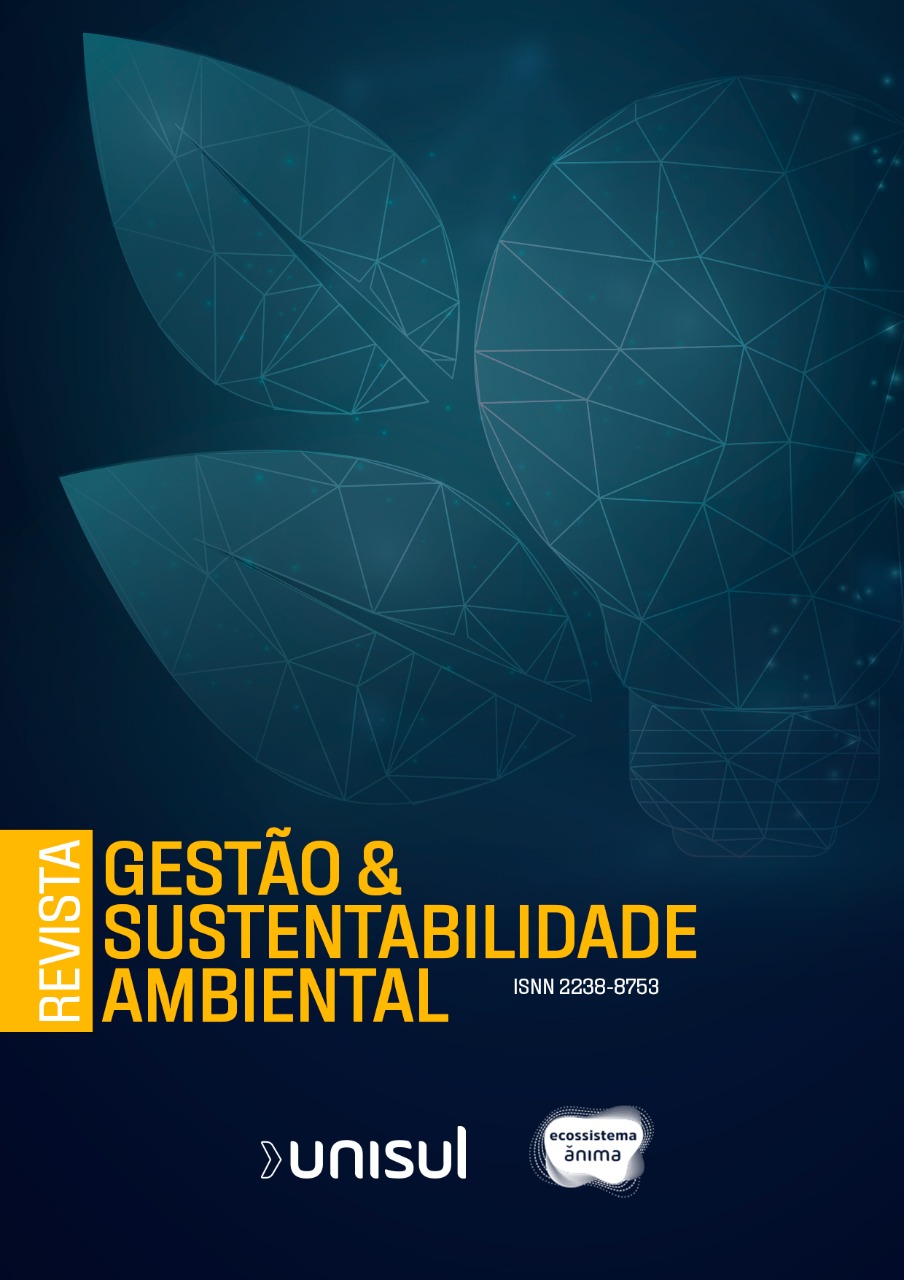NUTRITIONAL STATUS OF CRYPTOSTEGIA MADAGASCARIENSIS UNDER SALINE SOILS AND WATER STRESS
DOI:
https://doi.org/10.19177/rgsa.v10e4202154-73Keywords:
Bioinvasive, Mineral nutrition, Salinization, Hydrical stress.Abstract
Soil salinity is common, especially in cultivated areas, in semiarid regions in northeastern Brazil, what, combined with long periods of drought, are responsible for desertification in these areas, favoring the environmental degradation of the soil in the face of several adverse conditions of the saline environment, since, under certain circumstances, it becomes difficult and/or economically unfeasible to maintain a low level of salinity in the soil when the water is saline and we do not have an ecologically sustainable alternative. Despite this, some invasive plants such as C. madagascariensis, may be resistant to these adverse conditions. In this sense, the objective was to evaluate the nutritional status of C. madagascariensis under two types of soil, soil salinity and different water regimes, in semiarid region of northeastern Brazil. The experiment was conducted in randomized blocks (DBC), with a factorialscheme of 4 x 4 x 2, corresponding to four levels of soil salinity (0.3; 1.0; 2.0 and 4.0 dS/m), four moisture contents (20% of CC; 40% of CC; 70% of CC and 110% of CC) and two types of soils (Fluvic Neosol and Vertisol), with 4 replications, totaling 128 experimental samples, conducted in a greenhouse, in northeastern semiarid region. Soil salinity negatively influenced the environmental quality of soils, directly reflecting on the environment because, according to results, C. madagascariensis young plants were nutritionally unbalanced with the increase of salinity and soil moisture simultaneously in the two types of soil studied, causing nutritional imbalance caused by disturbances in absorption, but without harming the growth of species, therefore, soil salinity can be an indication of environmental degradation such as desertification, soil erosion, loss of part of the vegetation, among others.
Downloads
Published
2021-12-14
Issue
Section
Artigos
License

O trabalho Revista Gestão & Sustentabilidade Ambiental foi licenciado com uma Licença Creative Commons - Atribuição - NãoComercial - CompartilhaIgual 3.0 Brasil.
Com base no trabalho disponível em www.portaldeperiodicos.unisul.br.
How to Cite
NUTRITIONAL STATUS OF CRYPTOSTEGIA MADAGASCARIENSIS UNDER SALINE SOILS AND WATER STRESS. (2021). Revista Gestão & Sustentabilidade Ambiental, 10(4), 54-73. https://doi.org/10.19177/rgsa.v10e4202154-73








